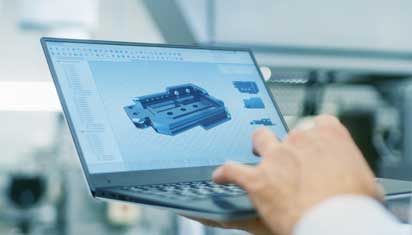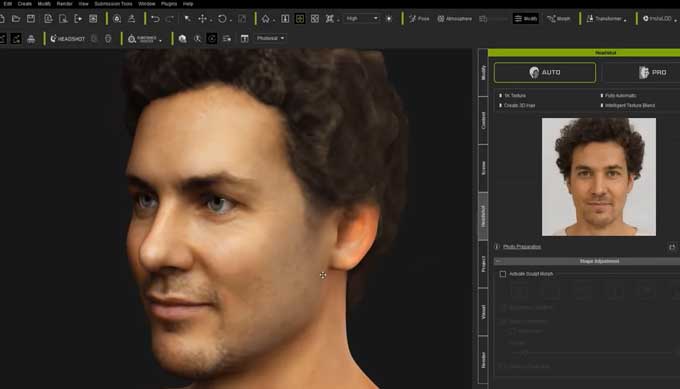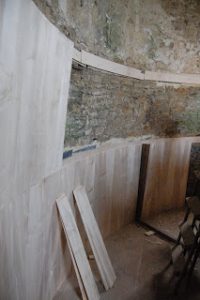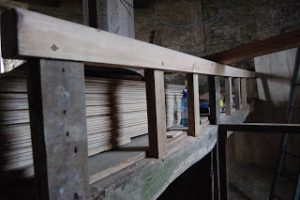Reasons Why 3D Modeling Software is Important in Design
Several reasons are necessary to adopt 3D modeling software for design work. Prototypes require extensive resources which only grow in cost as they scale up. Hence, companies would rather save their raw materials for mass production. 3D modeling software allows designers and team members to evaluate models from every possible angle and assess the effects of various tweaks before expending resources. Additionally, people can apply different layers to their designs, which makes it easier to identify problem areas and suggest improvements to existing designs.
Benefits of 3D modeling

While 2D architectural drawings and models help product designers see their concepts, 3D modeling allows them to interact with them in an entirely new way. Not only does 3D modeling make the entire process more efficient, but it can also help convince clients to change their minds about a certain design decision. Designers can test interior design features and paint colours without having to build any physical prototypes. They can even do this while waiting for approval.
Using 3D modeling allows designers to identify potential design flaws before a product has even begun production. As a result, they can fix any issues that might arise in the production process before making any final decisions. 3D modeling can also be used to test the conformance of a product before it has even been manufactured. In addition to making the design process faster, 3D modeling allows designers to test the quality of their final products and save valuable resources for production.
Easy to use
Modern 3D modeling software features collaborative editing capabilities. These features allow more than one user to make changes to a model simultaneously, eliminating bottlenecks and creating an open, collaborative environment that is easy to use for a variety of disciplines. This feature helps engineers and artists work together to mitigate errors. It also breaks down the specialism barrier between artists and engineers. It is important for all of these reasons that easy-to-use 3D modeling software is critical in design.
The ability to create complex shapes and volumes can be difficult to visualize for designers, which can result in interference between various volumes. Using 3D software helps designers solve these issues early in the design process. Often, designers communicate their ideas through sketches and aren’t able to see these concepts in 2D. Communicating in 3D is a huge benefit and makes it easier to convey ideas to other members of the creative team. This ease of use allows designers to collaborate with other members of their team more easily, resulting in more efficient work flow and better communication.
Easy to document
If you are looking for a tool that makes 3D modeling simple and easy to document, then consider using a 3D modeling software like SketchUp. This program has a free trial, and is already popular in schools in the US. Its intuitive interface makes it easy to create, modify, and document 3D models, and offers an extensive library of 3D models. It also offers image and animation integration. If you have no previous experience using 3D modeling software, consider using the free trial version to familiarize yourself with its capabilities.

CAD and 3D modeling software are essential components of digital production and are useful in a variety of industries. These tools can help you realize creative ideas. But, the software can be difficult to learn, and many people do not want to spend hundreds of dollars just to try it out. So, what are the best alternatives to 3D modeling software? Let’s look at the benefits of these tools.
Promotes collaboration
ThreeD model review meetings need to support a sense of individual workspaces for each participant. Distributed participants lost track of what the others were controlling, due to limited desktop resources. Individual workspaces in 3D modeling software are critical for collaboration during these meetings. Using a shared whiteboard for collaborative model review meetings is ineffective. The collaborative environment must promote tangibility and scale while facilitating real-world communication.
A 3D model is typically the main content of collaboration in product design. It enables designers to visualise abstract concepts, and is used throughout the design process to involve design managers, users, and clients. Virtual 3D models have largely replaced physical models, due to their improved efficiency and accuracy. However, they present new technological challenges for collaboration. These problems can include interacting with the virtual 3D model. Here are some suggestions:






